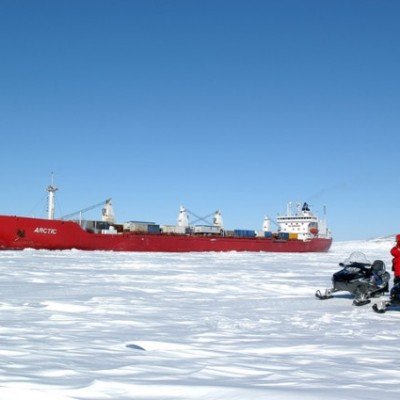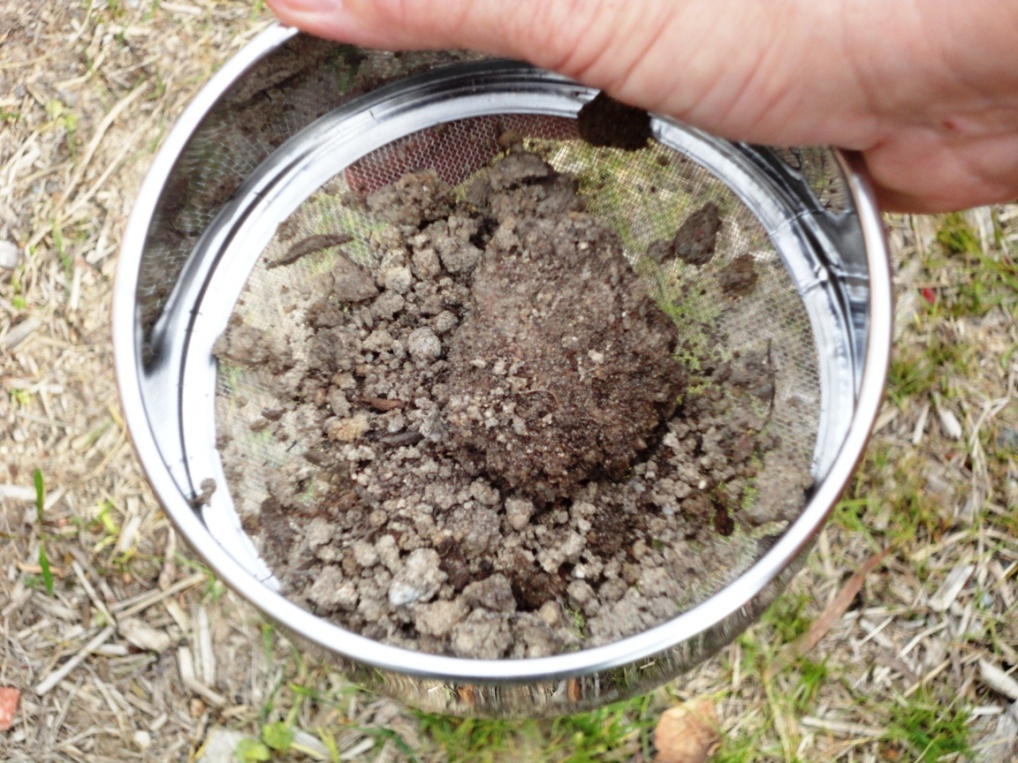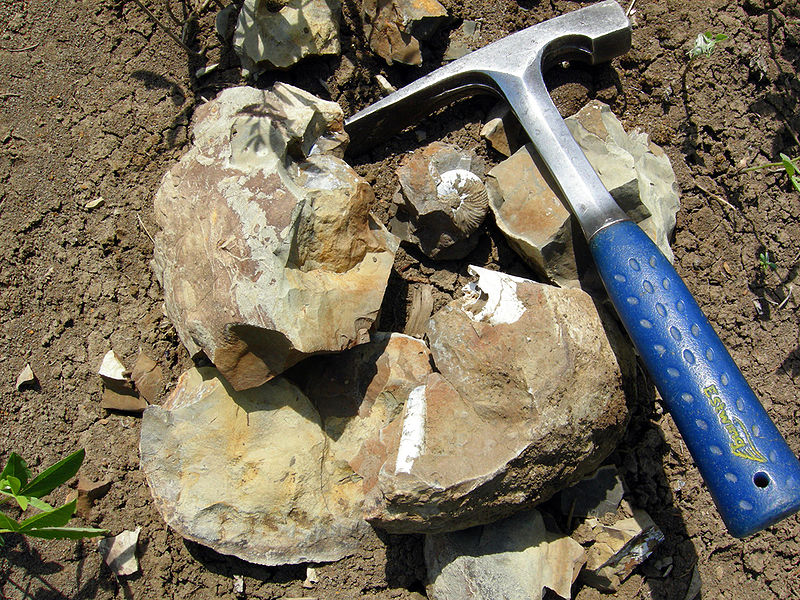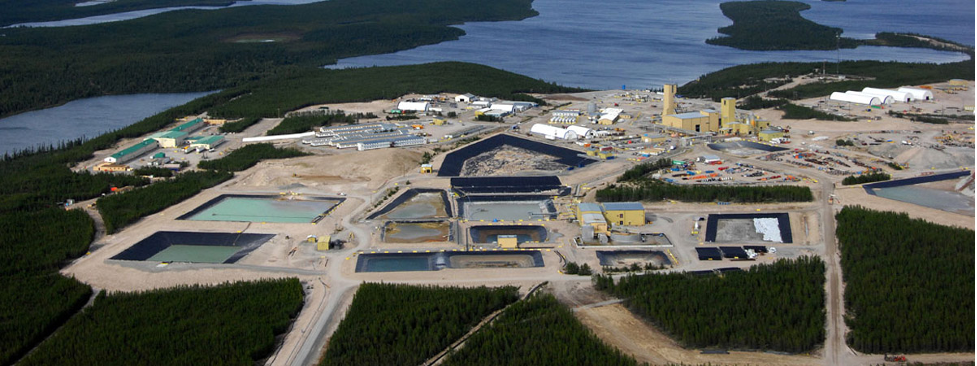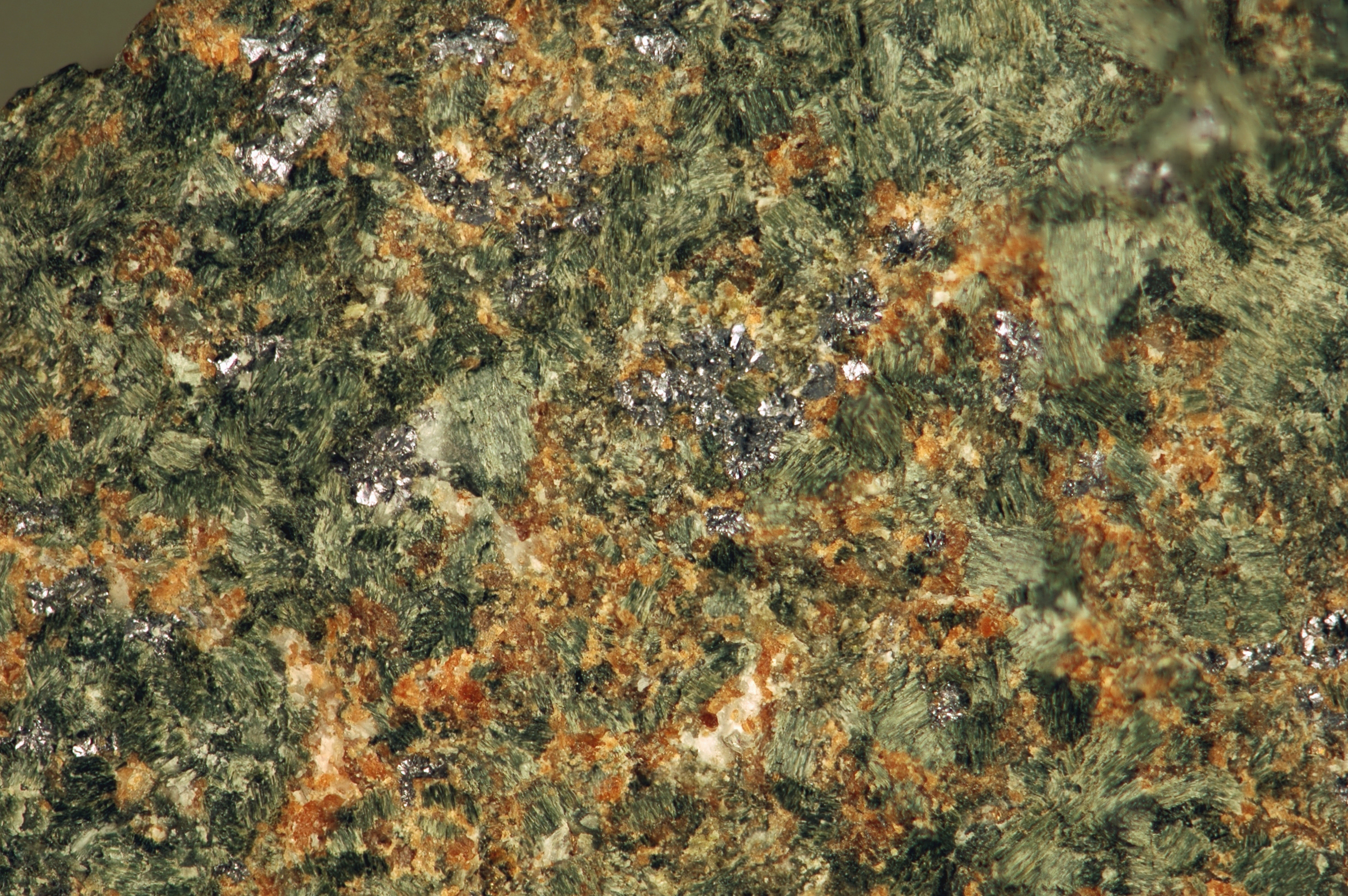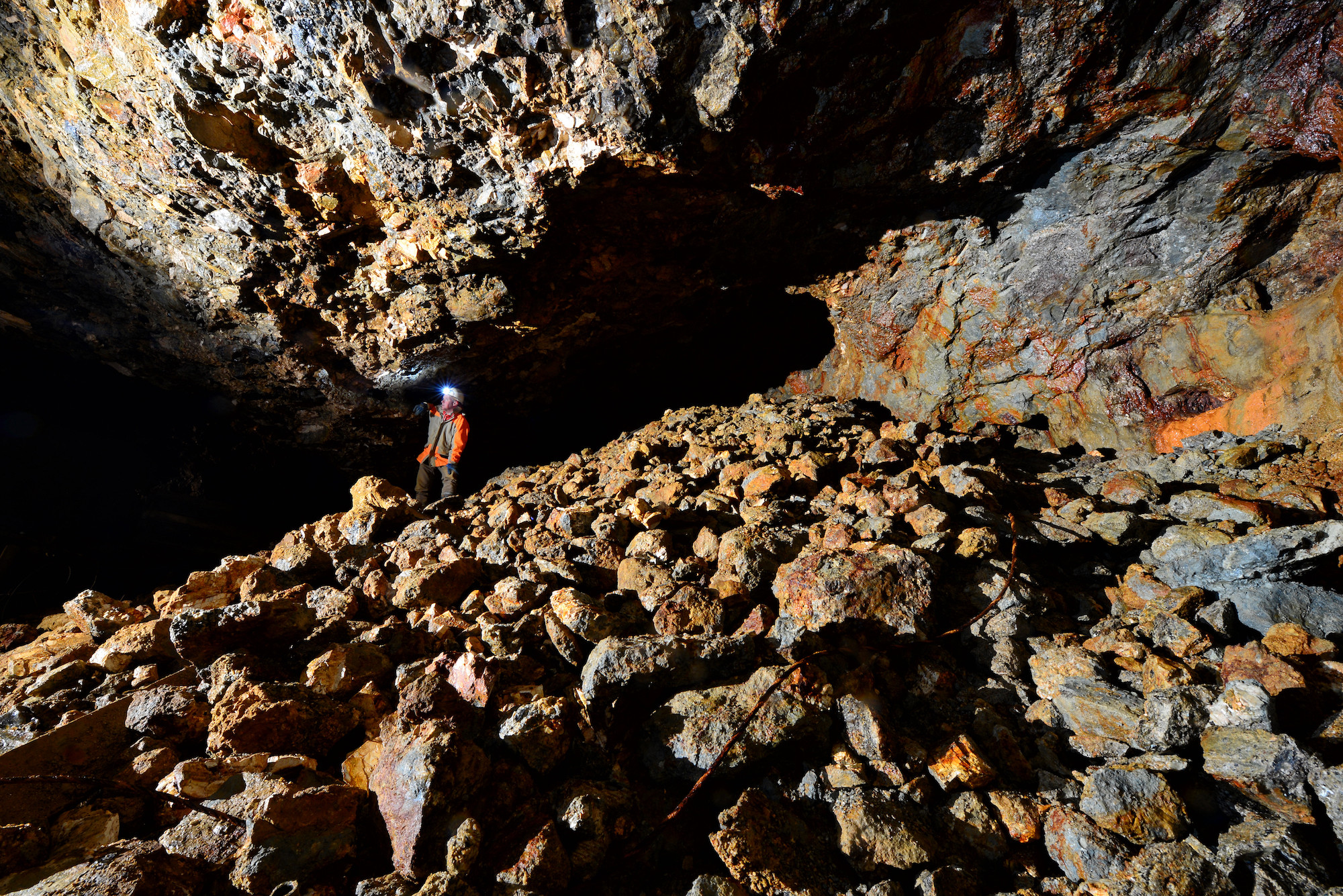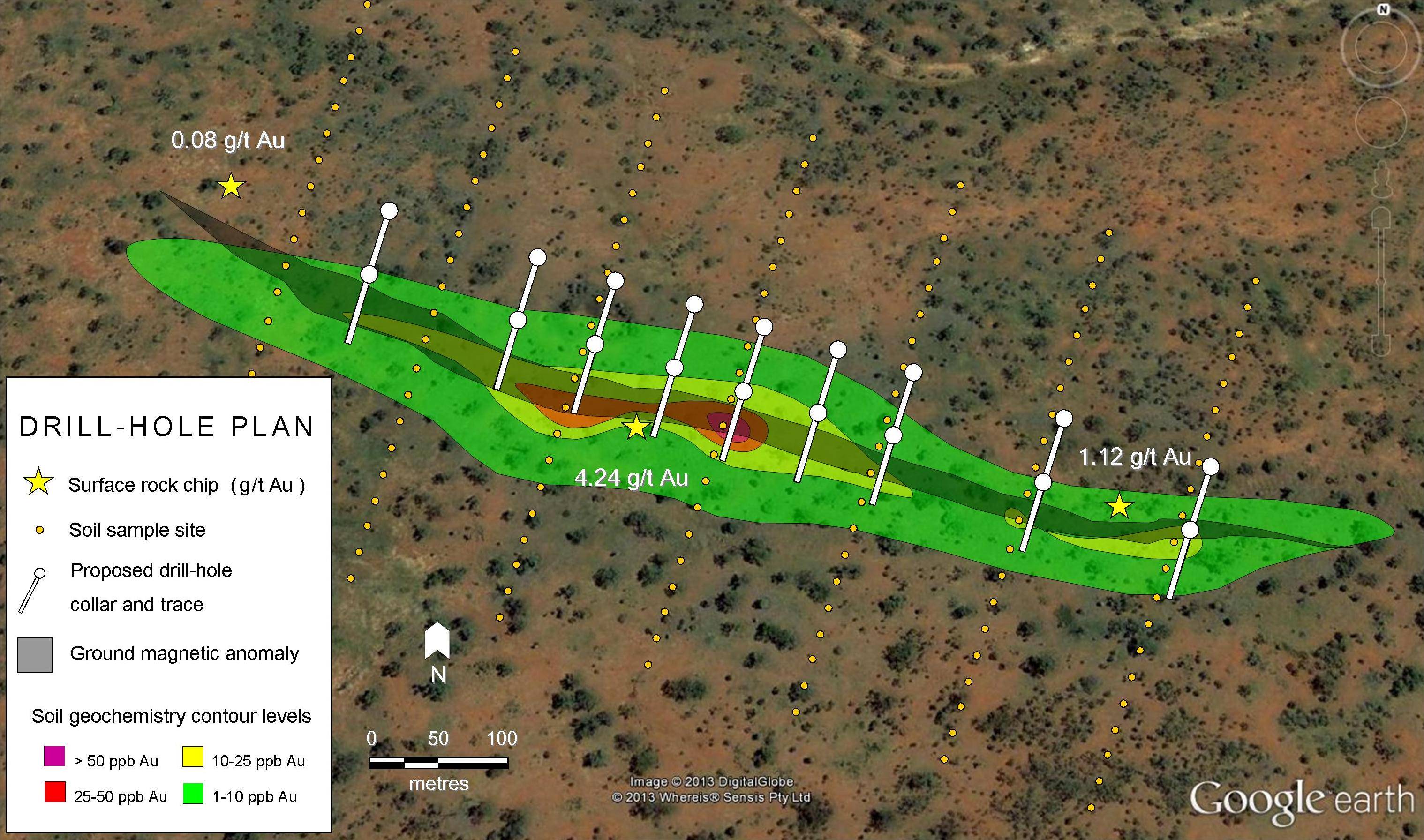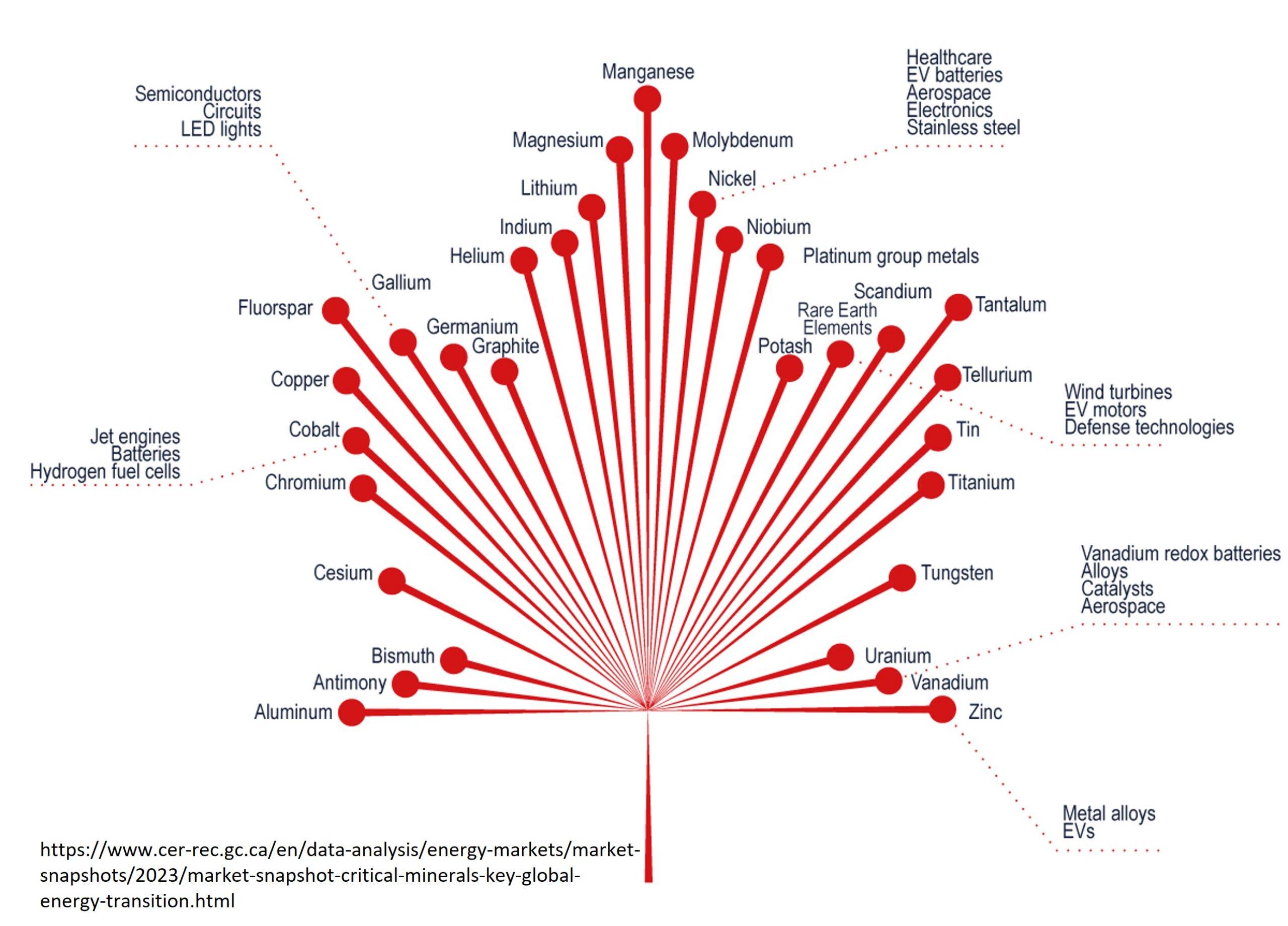While it’s easy to drill a hole in the ground with investor money and hope for the best, smart serious companies will try to understand the nature of their property or deposit as best they can. Gaining a full understanding of property geology is not only an academic pursuit; it is the key to a good exploration program.
There is not a geologist alive who doesn’t relish the idea of finding something that someone else missed. And many do. Why? Sometimes it has to do with time and money. There may not be enough of either. Abandoned land positions are often picked up during good times and dropped during market slumps. From a geologist’s perspective that can’t be helped. Sometimes, however, a misinterpretation of property geology from lack of information can result in a lost opportunity. Gaining a full understanding of property geology is not only an academic pursuit; it is the key to a good exploration program.
One of the tools used in understanding the geologic history of the property and its economic potential is radiometric dating, a method which uses the known decay rates of naturally occurring elements as a sort of internal clock for the age-dating of rocks. Radiometric dating allows geologists to determine the age of rocks that are millions or even billions of years old.
Why would it be important to know the age of the rocks on a property? Often, the age relationship between the rock units associated with a deposit can help the geologist better understand the processes the lead to emplacement of the ore material. Knowing the sequence of events that led to the formation of a gold deposit for example, can help an exploration team figure out where to look when expanding a property or looking for similar deposits.
On a broad scale, there are certain times in geologic history when the earth was more tectonically active than at other times. Knowing this history and how a property or project fits into that history can offer vital clues to exploration geologists, whether they’re taking a new look at an old project or as a starting point for companies doing reconnaissance in under-explored areas.
For example, consider the relationship between rock age and the occurrence of gold deposits.
The Good Times (A few billion years ago)
There are two major episodes of geologic activity that are thought to have occurred around 2.7 billion years ago and again around 1.9 billion years ago (yes, billion). These were episodes of worldwide crust and continent formation which resulted in the formation and preservation of gold deposits. Many gold deposits fall within these peak age ranges. Here are some examples:
Orogenic Gold Deposits
Orogenic gold deposits are associated with major mountain building events. There are two major peaks in these gold deposits between 2.75 and 2.55 billion years ago and again between 2.1 and 1.75 billion years ago.
Though the mountains have long since been eroded away and the gold concentrated through other geologic processes, the gold mines of Red Lake Ontario (Gold Corp) and are good examples of orogenic gold deposits of that age.
Gold-Bearing VMS Deposits
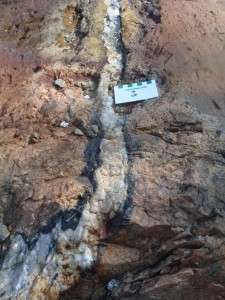
These deposits are associated with sea floor volcanism. There are two major peaks in deposits aged between at 2.7 billion years ago and 1.85 billion years ago. The La Ronde mine in Canada (Agnico Eagle) is a good example of a gold-bearing VMS deposit.
Paleoplacer Deposits
Paleoplacers are essentially ancient placer deposits which have been metamorphosed back into sold rock over time. Good examples of paleoplacers of this age are Witwatersrand, South Africa and the Tarkwa deposit in Ghana.
The Barren Years
Of course, the good times couldn’t last forever. There is no consensus agreement on the reason, but few gold deposits are known in rocks between 1.7 billion and 600 million years old. It may be that there was a relatively “quiet period” of tectonic activity on the Earth at this time, or perhaps the rock formed during this time was eroded. Regardless, there’s not much to be found in rocks of this age.
More Good Times (“Recent” geologic history)
In rocks younger than 600 million years old several gold-bearing deposit types can be found and are most often associated with more recent mountain building and collision events.
Gold-bearing Porphyry Copper and Epithermal Deposits
Since these deposits form at shallow crustal levels (<1-3 km), few old deposits are found due to erosion. Many epithermal and porphyry deposits are less than 65 million years old. Chuquicamata, Chile (Codelco) is an excellent example of a gold-bearing pophyry copper mine while the Waihi mine (Newmont) in New Zealand is an epithermal deposit.
Placer Deposits
Significant placer gold deposits are deposited next to older mountain belts and are the result of the erosion of rock from older orogenic gold deposits. Most are less than 65 million years old. Placer deposits drew miners to the Yukon and Alaska during the Klondike gold rush.
Intrusion Related Gold Deposits
These are deposits associated with granitic magma bodies, but farther from collision zones than orogenic deposits. These types of deposits are generally younger than 500 million years. The Fort Knox deposit in Alaska (Kinross) is an example of this deposit type.
Conclusion (So What?)
There is a lot that goes into a good exploration program. Radiometric dating is just one piece of the greater puzzle, one piece of evidence that helps the geologists understand a deposit or hone on a potential target. Sure, it’s easy to drill a hole in the ground with investor money and hope for the best, but smart, serious companies will try to understand the nature of their property or deposit as best they can.
As investors we can look for companies with a well-rounded and logical approach to exploration. While that doesn’t always guarantee a successful project, it certainly helps.
Further Reading
These links are not for the faint of heart, but if you insist:
- Gold Deposits in Metamorphic Belts (Academic Article)
-
Secular Changes in Global Tectonic Processes and Their Influence on the Temporal Distribution of Gold-Bearing Mineral Deposits (Academic Article)
Subscribe for Email Updates

